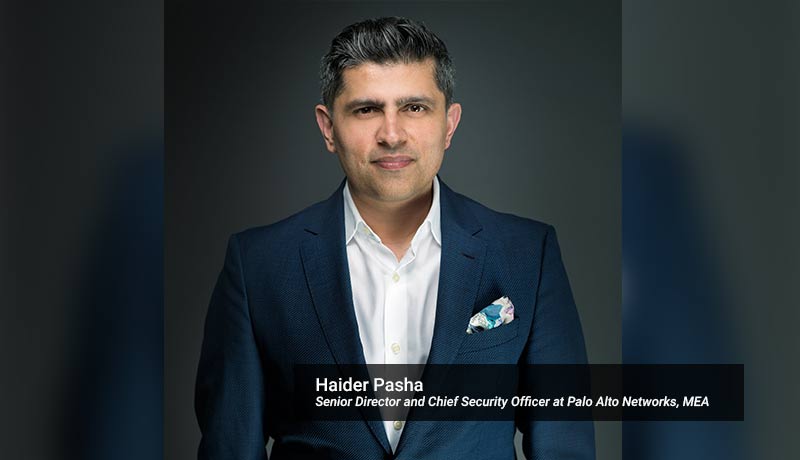
Palo Alto Networks announced their new research, commissioned from Vanson Bourne, which shows that 72% of IT decision makers in the Middle East, which covered 100 respondents in UAE and Saudi Arabia, are completely confident that they have full visibility of all IoT devices connected to their organisation’s network, while a further 26% of IT executives surveyed were “somewhat” confident about visibility. This compared favourably with the EMEA average, where 58% of IT decision makers expressed complete confidence that they have visibility of all IoT devices connected to their organisation’s network.
However, while confidence in visibility of IoT devices was high there appears to be plenty of room for improvement in terms of organisational approach to IoT, according to the research. Indeed, in the Middle East, 92% of decision makers believe their organisation’s approach to IoT needs improvement. This figure consisted of 46% who believe that “a little improvement” is needed, 37% who claim “a lot of improvement” is required, and 9% who said a “complete overhaul” is needed. Just 7% said that no improvement was required.
When asked how far along the IoT security journey their organisation had progressed, only 22% of Middle East IT decision makers (global average: 21%) said that their organisation micro-segmented IoT devices with their own tightly controlled security zones– which is considered to be best practice in terms of security.
47% of Middle East IT decision makers said that at their organisation, IoT devices are segmented on a separate network from the one used for primary devices and key business applications, while 27% said their organisation does not segment IoT devices on their network, and a further 3% said they have not started to consider the issue yet.
The number of IoT devices connected to organisations’ networks increased significantly during the past year, the survey indicated, with 90% of IT decision makers seeing an increase, of which 31% of them said they had seen a “significant increase”.

Haider Pasha, Senior Director and Chief Security Officer at Palo Alto Networks, Middle East and Africa (MEA) said: “IoT is a game-changer, but at the same time, there is a clear need for visibility. The results for the Middle East region are very promising where the majority of the region’s IT business decision makers are sure to have full network visibility, which strongly helps with early threat detections and reduces the risk of data breaches. However, visibility is just one aspect, and the research shows that organizations must also modify their behaviour by micro-segmenting IoT devices on their networks especially as the number of devices continues its inexorable rise.”
Pasha added: “As per the current situation with COVID-19 and with remote working on the rise, it is even more imperative for organizations to manage their networks and be completely aware of the connected IoT devices. Cybercrime has increased much more in the past couple of months, with over 40,000 newly registered high-risk websites in 2020 identified, and it is always important for organizations to have complete clarity on their networks for better protection and security.” The research also provides a glimpse into the future of IoT, revealing some of the newer types of connected devices that organisations see on their networks. When asked about the strangest devices found connected to their organisation’s network, the most common answer amongst Middle East respondents was connected medical equipment (43%) and smaller connected kitchen devices (41%). Other types of devices included connected sports equipment, games consoles and kit, desk toys and connected cars such as Teslas.
Palo Alto Networks commissioned technology research firm Vanson Bourne to conduct the survey on IoT security practices, strategies and concerns. The firm polled 1,350 IT business decision makers in 14 countries across Asia, Europe, the Middle East and North America.
